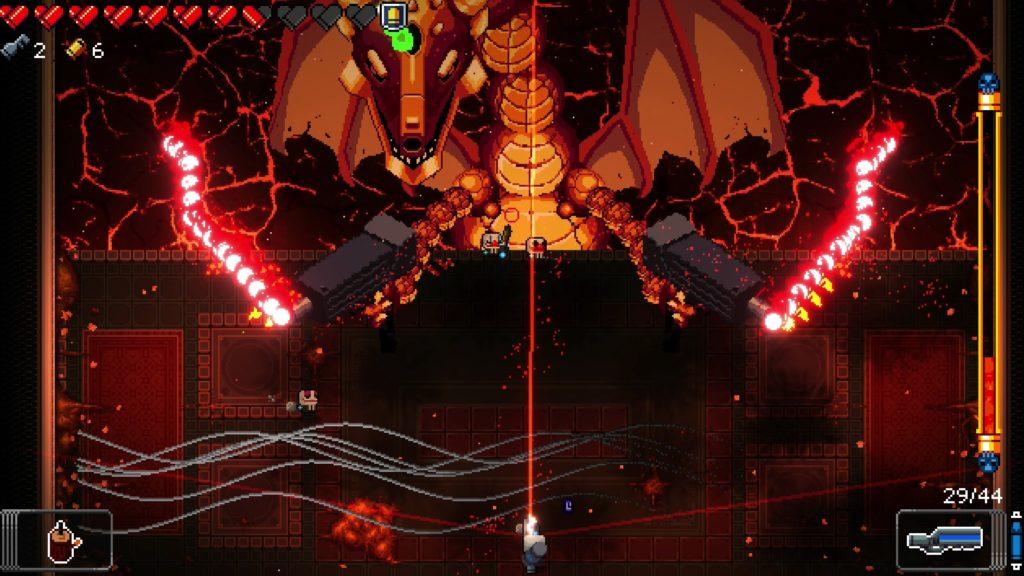Part 1:
Butch, I slack DMed you the image. For some reason, my image upload is completely broken (not sure why I tried a few ways around this). Also for part 2, I slack DMed you the corresponding figured and left the captions on this blog post
Part 2:
Context:
Game: Terra Nil
Creator: Free Lives
Platform: Digital on Netflix
Time Played: 90 minutes
Game Page: https://terranil.com/
Target Audience: Players who enjoy calm strategy, environmental themes, and slow system building. People who prefer thinking rather than reacting
Overview:
Terra Nil is a game about restoration. The player starts with a barren wasteland and slowly brings it back to life using environmental reconstruction. You begin by cleaning the soil, restoring rivers, planting forests, and creating ecosystems that sustain themselves independently. Once the environment stabilizes, you’re supposed to dismantle everything you built and leave the land untouched.
I played for around an hour and a half, which was enough to complete the first two biomes: a temperate region and a tropical zone. Each play felt peaceful but full of careful decision-making. The music was calm, and every new patch of green or flowing water made the world feel alive again. The most interesting thing is that the goal was not expansion, but rather withdrawal.

Genre and System Dynamics:
The game is a balance between a strategy simulator and an environmental puzzle game. What makes it special is that it reverses the typical logic of the genre. Most strategy games ask the player to extract resources or build bigger systems, but Terra Nil asks you to repair damage and then step back to observe.
This reverse dynamic makes the system dynamics clearer. Each biome functions like a small closed ecosystem. Your actions introduce energy into the system, but the goal is to reach balance rather than constant growth. The game’s mechanics show both reinforcing and balancing loops. For instance, cleaning soil allows vegetation to grow, which increases humidity, which helps rivers flow: a reinforcing loop of recovery. At the same time, limited resources and space create balancing forces that prevent you from expanding endlessly.
The visuals reflect these dynamics beautifully. Watching the green spread across brown terrain feels like seeing fertile land rise over time. The transition from dry to lush is the most satisfying feedback loop in the game.
Connection to the course concepts:
From a system’s perspective:
- Feedback Loops: Every action you take influences multiple variables. Planting trees raises humidity, which encourages more plant life but also changes the temperature balance. Too much of one type of vegetation can cause imbalance, showing that even good feedback can become destructive without restraint.
- Delays: The effects of actions appear gradually. When I built a water pump, it took several moments before the river expanded enough to sustain plants. This lag created tension and required patience, a clear reminder that complex systems respond over time rather than instantly.
- Emergence: Once the environment stabilizes, new animal species appear automatically. You don’t place them manually; they emerge from the conditions you created. This small detail reinforces how system dynamics can produce outcomes that are not directly coded into the system’s rules but arise naturally.
Figure 2: We can see that it takes a while for new resources to appear
From an IF design perspective, Terra Nil echoes Daniel Cook’s idea of “loops and arcs.” Each player action (cleaning, planting, recycling) is a loop. These loops stack into arcs that create emotional progression. The first arc is discovery (figuring out how to make life return). The middle arc is management (learning to balance systems). The final arc is release (undoing your work).
Values present in the game:
The core value of Terra Nil is regeneration over consumption. It quietly critiques industrial mindsets that dominate many simulation games. The victory condition is not domination but restoration, which is a refreshing change to the norm. The game teaches a kind of ecological humility; that improvement sometimes means removal rather than control.
Also, there’s a moral dimension. Each biome moves from lifelessness to balance, and then to self-sufficiency. By asking the player to dismantle their machines, the game communicates that true sustainability means leaving the system stable without human presence. That action of undoing what you built feels powerful because it reverses the usual pattern of games where progress is accumulation.
Loops, Arcs, and formal systems:
There’s three main loops in this game:
- The Restoration Loop: You start with limited energy and resources. As you clean soil and generate power, you unlock new tools to expand vegetation. This loop reinforces itself until the land reaches a threshold of fertility.
- The Ecosystem Loop: Once vegetation covers the landscape, new sub-loops emerge around humidity, temperature, and biodiversity. Each variable supports or limits the others, forcing you to maintain balance.
- The Dismantling Loop: When the ecosystem becomes self-sustaining, you build recycling drones to remove all human structures. This creates a closing arc that transforms the system from active management to passive observation.
Figure 3: we can see the ecosystem loop in action after around an hour of building
Figure 4: there’s also an element of learning where we can go back and build new things based on what we learned
The arcs in Terra Nil are emotional as well as mechanical. The first arc is hope: seeing life return to a gray world. The second is tension: managing balance as the system becomes complex. The third arc is peace: stepping back and letting the system run itself. Each stage mirrors how complex systems behave in reality, which focuses on creation, equilibrium, and withdrawal. By the end, the world feels like a living, breathing organism. It embodies a formal system because every action operates under defined rules that interact predictably. The player learns by observing the outcomes rather than being told what to do.
Figure 5: it was also nice to see the ability to destroy things, which adds to the system/loop aspect
Inspiration/Reflection:
What interested me the most was how Terra Nil turns system dynamics into something emotional. It uses feedback and equilibrium as expressions of care, which is a refreshing change from a lot of other games. Every part of the system reacts to what you do, and I enjoy that that responsiveness makes the world feel alive
For my own system game, I want to take inspiration from that sense of rhythm: the way each stage flows naturally into the next. I also want to capture how the game connects values to systems. Terra Nil doesn’t directly say its values. Instead, it lets the dynamics speak for themselves and I would like to create a system where empathy emerges from interaction rather than dialogue. We explored this a little in p2 but I think that concept is exciting.
If I had one critique, it’s that the game sometimes feels too orderly. Real systems are messy and unpredictable, while Terra Nil always ends neatly. For future projects, I’d like to explore what happens when restoration doesn’t go perfectly, when equilibrium is partial or unstable. Also adding that “risk” of it not working out could add an exciting element. Overall, very fun and different game



